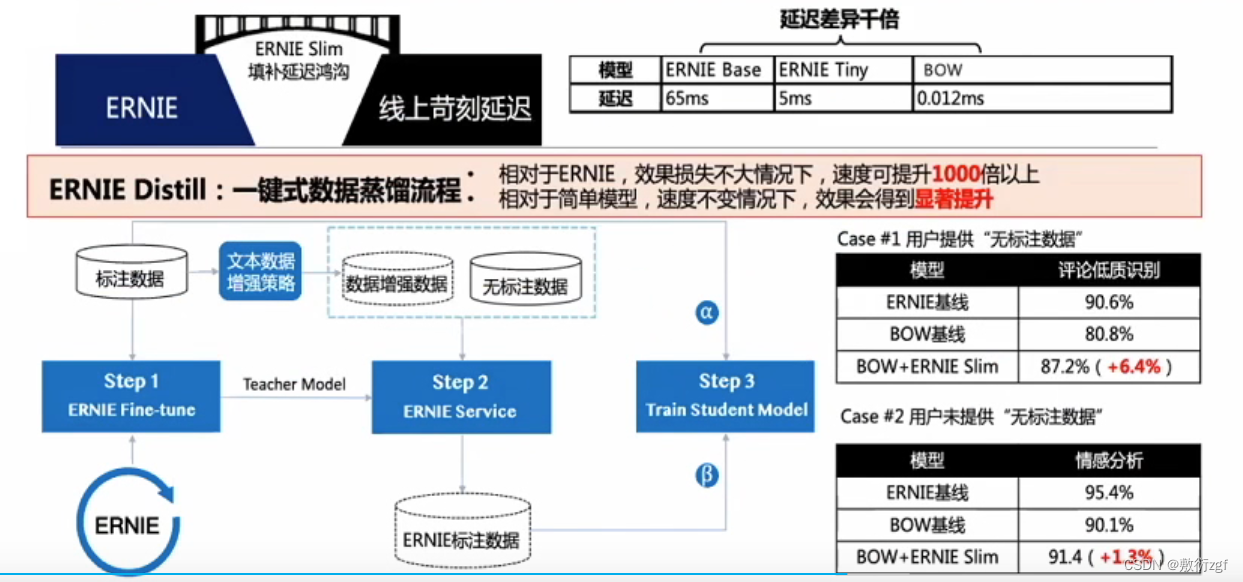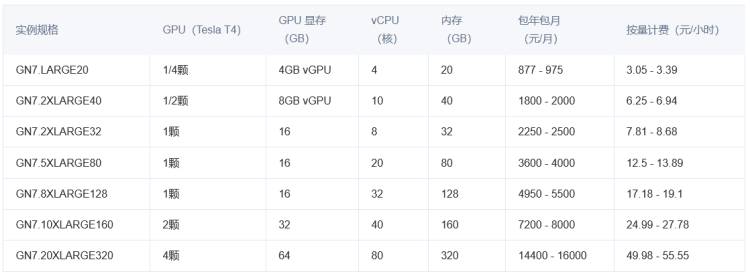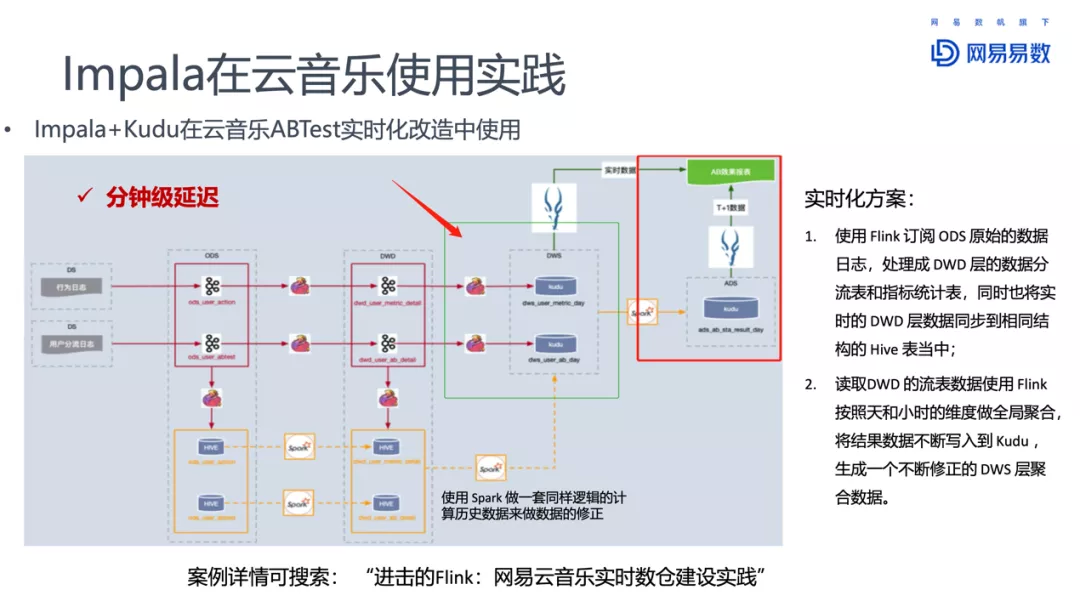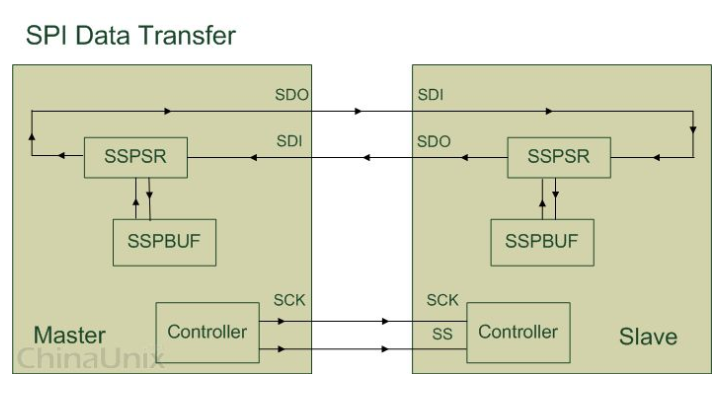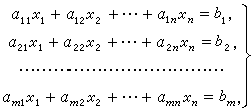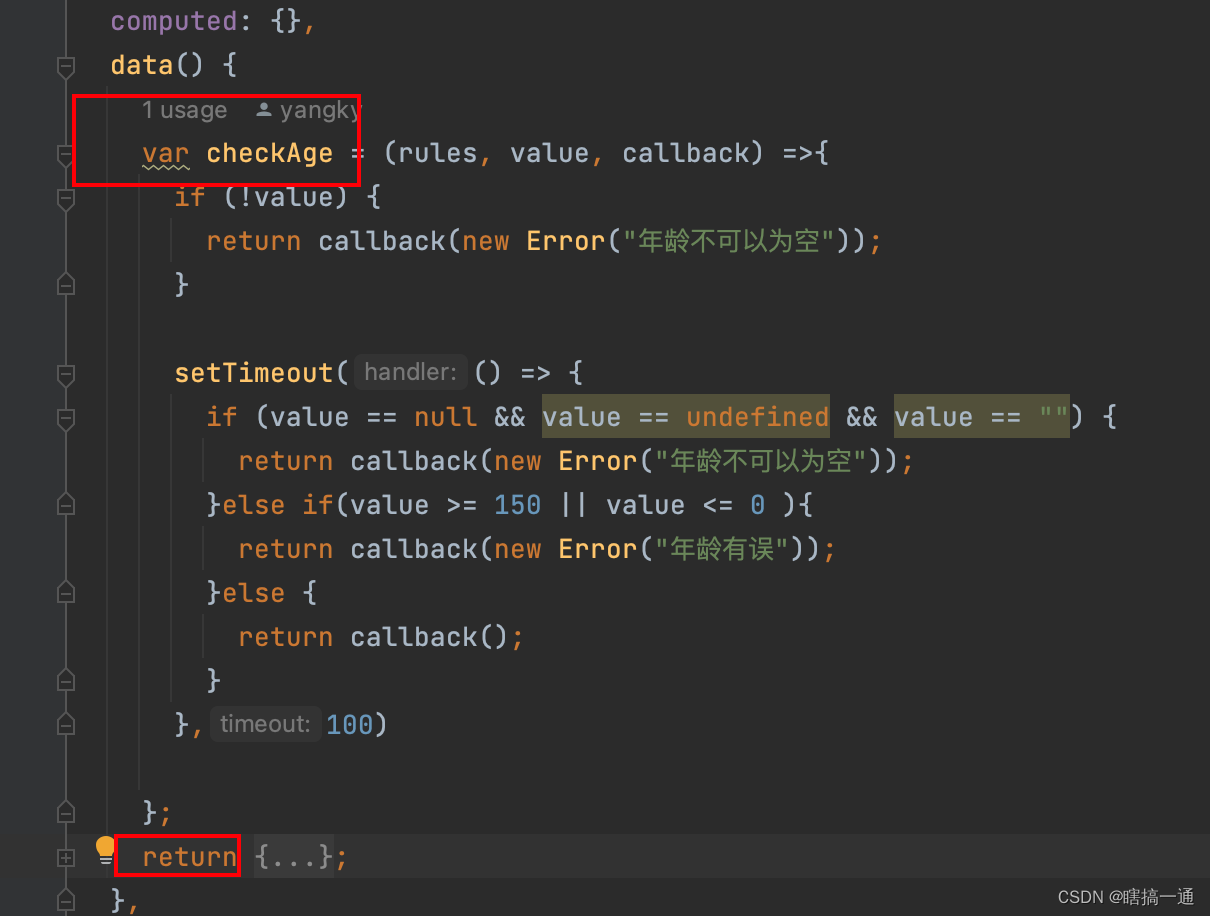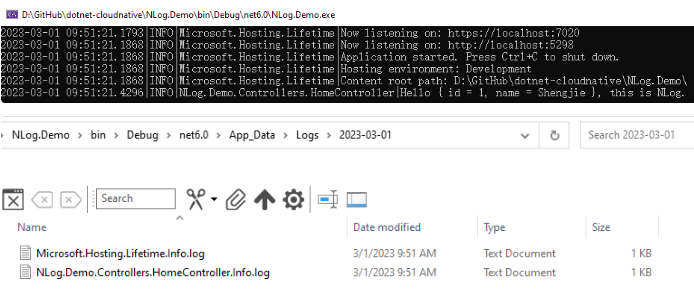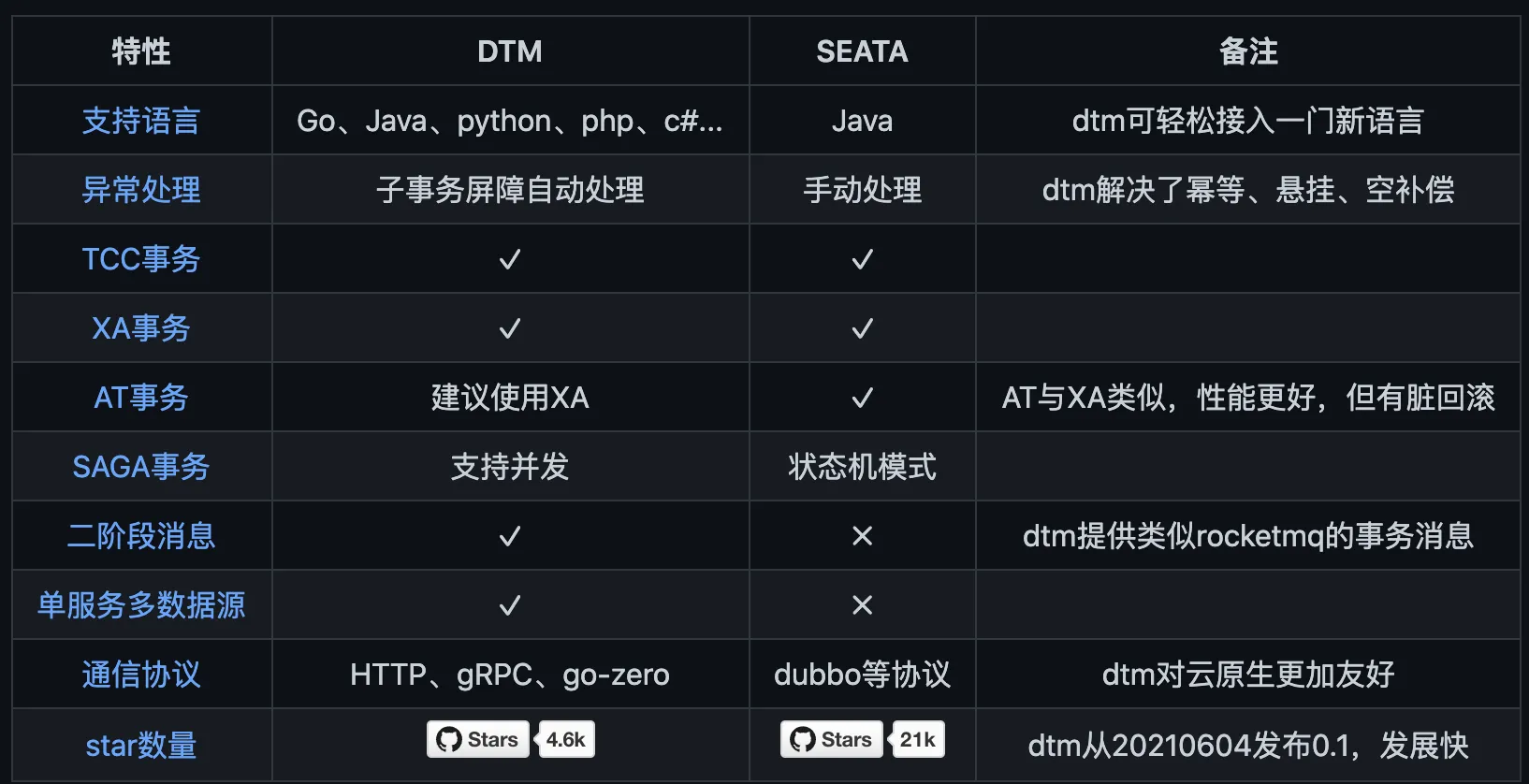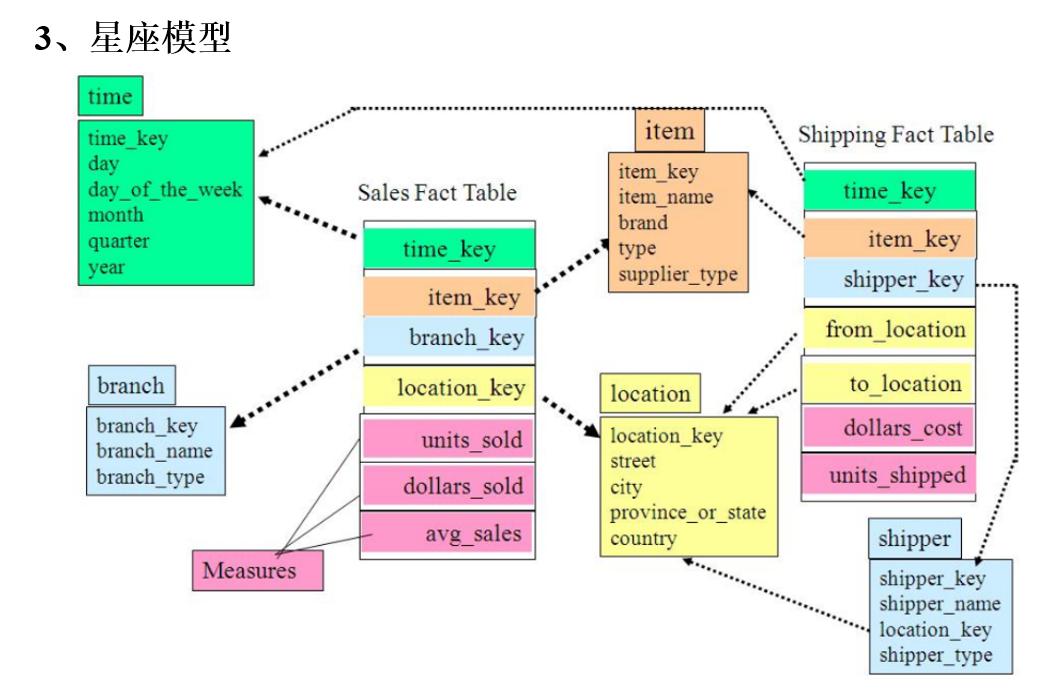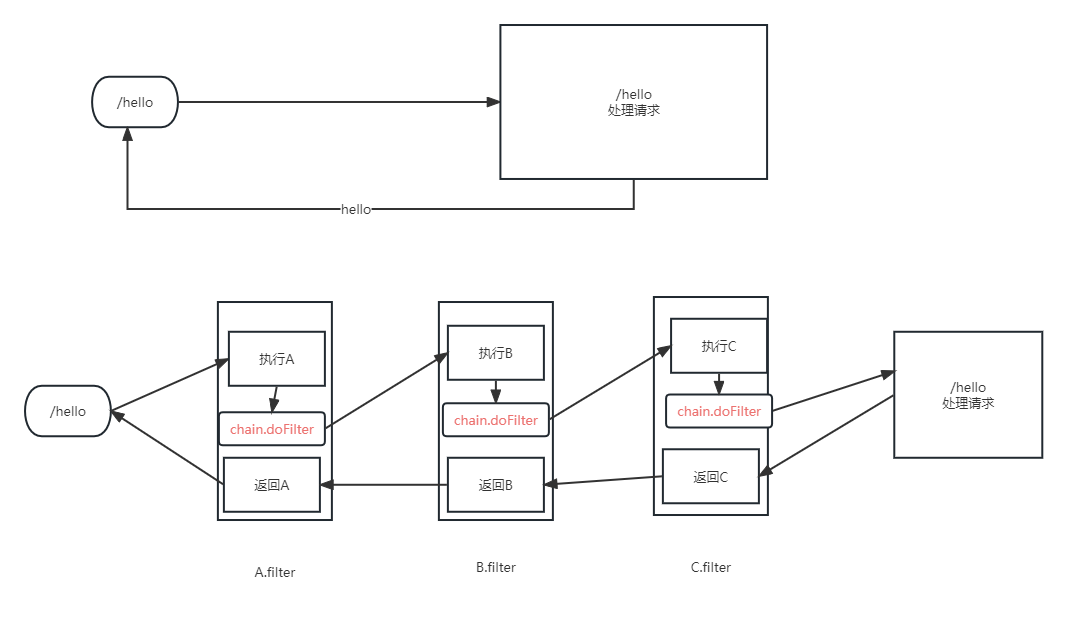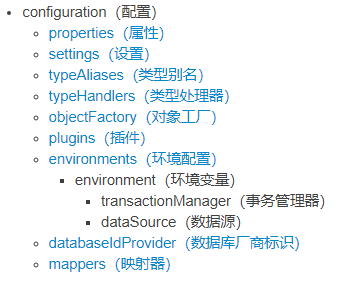本文主要介绍unordered_map与unordered_set的封装,此次封装主要用上文所说到的开散列,通过开散列的一些改造来实现unordered_map与unordered_set的封装
文章目录
- 一、模板参数
- 二、string的特化
- 三、正向迭代器
- 四、构造与析构
- 五、[]的实现
- 六、unordered_map的实现
- 七、unordered_set的实现
- 八、哈希表代码
一、模板参数
由于unordered_set 是 K 模型的容器,而 unordered_map 是 KV 模型的容器,所以需要对结点的参数进行改造,unordered_set可以使用,unordered_map也可以使用,改为T _data即可
template<class T>
struct HashNode
{
T _data;
HashNode<T>* _next;
HashNode(const T& data)
:_data(data)
, _next(nullptr)
{}
};
T模板参数可能是键值Key,也可能是Key和Value构成的键值对。如果是unordered_map容器,那么它传入底层哈希表的模板参数就是Key和Key和Value构成的键值对,如果是unordered_set容器,那么它传入底层哈希表的模板参数就是Key和Key
template<class K,class V,class Hash=HashFunc<K>>
class unordered_map
{
private:
buckethash::HashTable<K, pair<const K, V>, Hash, MapKeyOfT> _ht;
};
template<class K,class Hash = HashFunc<K>>
class unordered_set
{
private:
buckethash::HashTable<K, K, Hash, SetKeyOfT> _ht;
};
如此就可以实现泛型了,如果是unordered_set,结点当中存储的是键值Key;如果是unordered_map,结点当中存储的就是<Key, Value>键值对:

哈希表仿函数的支持:KeyOfT👇
我们通过哈希计算出对应的哈希地址:但是插入的时候就不能直接用data去进行比较了
对于unordered_set:data是key是可以比较的,对于unordered_map:data是键值对,我们需要取出键值对的first。而data既可以是unordered_set的,也可以是unordered_map的,所以我们需要仿函数来实现不同容器所对应的需求,然后传入:
unordered_map返回kv.first
template<class K,class V,class Hash=HashFunc<K>>
class unordered_map
{
struct MapKeyOfT
{
const K& operator()(const pair<const K, V>& kv)
{
return kv.first;
}
};
}
private:
buckethash::HashTable<K, pair<const K, V>, Hash, MapKeyOfT> _ht;
};
unordered_set返回key:
template<class K,class Hash = HashFunc<K>>
class unordered_set
{
struct SetKeyOfT
{
const K& operator()(const K& key)
{
return key;
}
};
private:
buckethash::HashTable<K, K, Hash, SetKeyOfT> _ht;
};
这也就是Hashtable需要KeyOfT的原因所在。
二、string的特化
字符串无法取模,在这里重新写一遍,字符串无法取模的问题写库的大神们早就想到了

预留一个模板参数,无论上层容器是unordered_set还是unordered_map,我们都能够通过上层容器提供的仿函数获取到元素的键值
template<class K>
struct HashFunc
{
size_t operator()(const K& key)
{
return (size_t)key;
}
};
//特化
template<>
struct HashFunc<string>
{
size_t operator()(const string& key)
{
size_t hash = 0;
for (auto ch : key)
{
hash *= 131;
//顺序?abc,cba
hash += ch;
}
return hash;
}
};
string的特化:符合string类型的优先走string类型
template<class K,class V,class Hash=HashFunc<K>>
class unordered_map
template<class K,class Hash = HashFunc<K>>
class unordered_set
三、正向迭代器
哈希表的正向迭代器对哈希表指针和结点指针进行了封装,++运算符重载,可以访问下一个非空的桶,所以每个正向迭代器里面存的是哈希表地址。
template<class K, class T, class Hash, class KeyOfT>
class HashTable;
template<class K,class T,class Hash,class KeyOfT>
struct __HTIterator
{
typedef HashNode<T> Node;
typedef __HTIterator<K, T, Hash, KeyOfT> Self;
typedef HashTable<K, T, Hash, KeyOfT> HT;
Node* _node;
HT* _ht;
}
所以我们构造迭代器的时候需要知道节点的地址和哈希表的地址
__HTIterator(Node*node,HT*ht)
:_node(node)
,_ht(ht)
{}
++运算符重载的实现:如果当前的桶还有节点,那么++就是当前桶下一个节点,如果当前元素是所在的桶的最后一个元素,那么++就是下一个非空的桶了
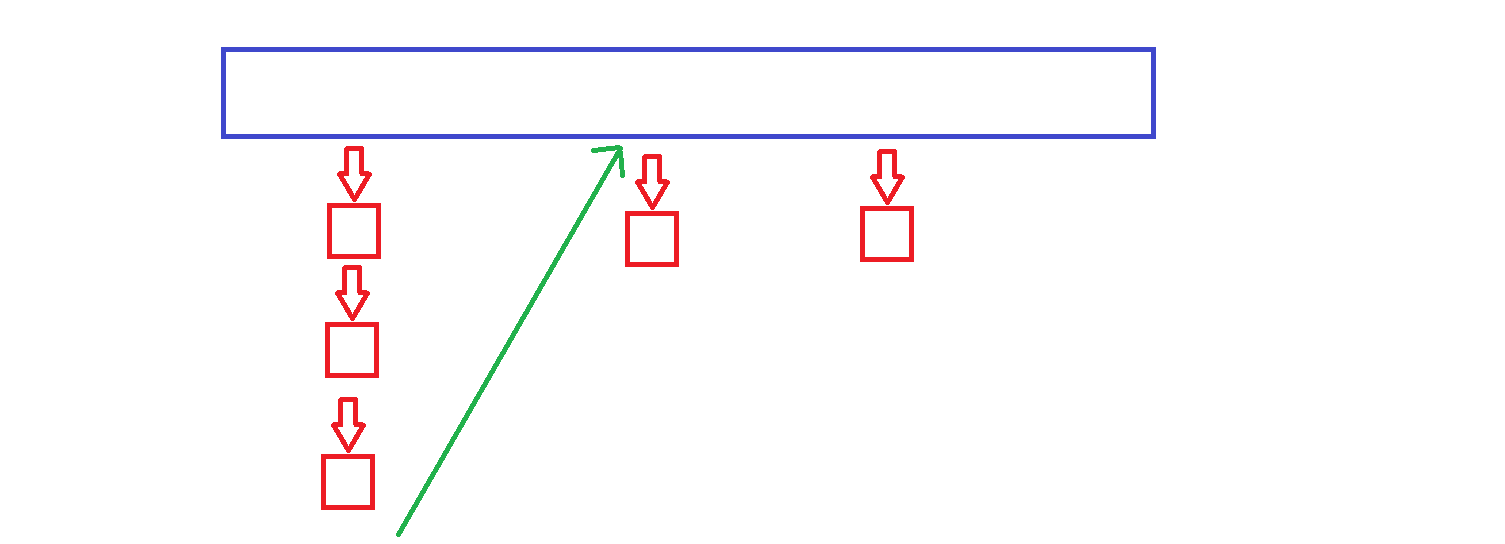
如何去找下一个非空桶:其实很简单,通过当前节点的值算出当前桶的hashi,然后++hashi就是下一个桶了,找到下一个非空桶即可
T& operator*()
{
return _node->_data;
}
T* operator->()
{
return &_node->_data;
}
bool operator !=(const Self& s) const
{
return _node != s._node;
}
Self& operator++()
{
if (_node->_next)//当前桶还有节点
{
_node = _node->_next;
}
//找下一个非空的桶
else
{
KeyOfT kot;
Hash hash;
size_t hashi = hash(kot(_node->_data)) % _ht->_tables.size();//当前桶的哈希地址
++hashi;
while (hashi < _ht->_tables.size())
{
if (_ht->_tables[hashi])//非空桶
{
_node = _ht->_tables[hashi];
break;
}
else
{
++hashi;
}
}
if (hashi == _ht->_tables.size())
{
_node = nullptr;
}
}
return *this;
}
};
–问题:哈希表中的迭代器是单向迭代器,并没有反向迭代器,所以没有实现–-运算符的重载,若是想让哈希表支持双向遍历,可以考虑将哈希桶中存储的单链表结构换为双链表结构。
存在的小细节:👇
template<class K,class T,class Hash,class KeyOfT>
class HashTable
{
typedef HashNode<T> Node;
template<class K,class T,class Hash,class KeyOfT>
friend struct __HTIterator;
public:
typedef __HTIterator<K, T, Hash, KeyOfT> iterator;
iterator begin()
{
for (size_t i = 0; i < _tables.size(); i++)
{
if (_tables[i])
{
return iterator(_tables[i], this);
}
}
return iterator(nullptr, this);
}
iterator end()
{
return iterator(nullptr, this);
}
private:
vector<Node*> _tables;
size_t _n = 0;
};
++运算符重载去寻找下一个结点时,会访问_tables,而_tables是哈希表中的私有成员,所以我们需要把迭代器__HTIterator声明为哈希表的友元
正向迭代器__HTIterator的typedef放在了public,这是为了外部能够使用我们的typedef之后的正向迭代器
还需要注意的是,哈希表的 const 迭代器不能复用普通迭代器的代码,我们查看源码:

这与我们之前所复用的不同,上面stl源码中可以看到并没有用以前的复用:
这是因为如果使用const版本,那么_tables使用[]返回的就是const版本,那么Node*就相当于是const Node*,就会导致权限放大,无法构造;如果改成const HT* _ht; const Node* _node;,又会导致[]不能修改的问题:

四、构造与析构
默认构造
HashTable()
:_n(0)
{
_tables.resize(__stl_next_prime(0));
}
析构函数
哈希表当中存储的结点都是new出来的,所以哈希表被析构时必须delete。在析构哈希表时我们只需要遍历取出非空的哈希桶,遍历哈希桶当中的结点并进行释放即可👇
~HashTable()
{
for (size_t i = 0; i < _tables.size(); ++i)
{
// 释放桶
Node* cur = _tables[i];
while (cur)
{
Node* next = cur->_next;
delete cur;
cur = next;
}
_tables[i] = nullptr;
}
}
五、[]的实现
要想实现[],我们需要先把Insert的返回值修改成pair<iterator,bool>,最后的返回值也要一起修改
如果有重复的元素就返回这个找到it迭代器
没有重复的就返回newnode迭代器
pair<iterator, bool> Insert(const T&data)
{
KeyOfT kot;
iterator it = Find(kot(data));
if (it != end())
{
return make_pair(it, false);
}
if (_tables.size() == _n)
{
vector<Node*> newTables;
newTables.resize(__stl_next_prime(_tables.size()), nullptr);
for (size_t i = 0; i < _tables.size(); i++)
{
Node* cur = _tables[i];
while (cur)
{
Node* next = cur->_next;
size_t hashi = Hash()(kot(cur->_data))% newTables.size();
cur->_next = newTables[hashi];
newTables[hashi] = cur;
cur = next;
}
_tables[i] = nullptr;
}
_tables.swap(newTables);
}
size_t hashi = Hash()(kot(data)) % _tables.size();
Node* newnode = new Node(data);
newnode->_next = _tables[hashi];
_tables[hashi] = newnode;
++_n;
return make_pair(iterator(newnode,this),true);
}
六、unordered_map的实现
#pragma once
#include "HashTable.h"
namespace hwc
{
template<class K,class V,class Hash=HashFunc<K>>
class unordered_map
{
struct MapKeyOfT
{
const K& operator()(const pair<const K, V>& kv)
{
return kv.first;
}
};
public:
typedef typename buckethash::HashTable<K, pair<const K, V>, Hash, MapKeyOfT>::iterator iterator;
iterator begin()
{
return _ht.begin();
}
iterator end()
{
return _ht.end();
}
pair<iterator, bool> insert(const pair<K, V> data)
{
return _ht.Insert(data);
}
V& operator[](const K& key)
{
pair<iterator, bool> ret = _ht.Insert(make_pair(key, V()));
return ret.first->second;
}
private:
buckethash::HashTable<K, pair<const K, V>, Hash, MapKeyOfT> _ht;
};
void test_unordered_map()
{
string arr[] = { "苹果","香蕉","苹果","西瓜","哈密瓜"};
unordered_map<string, int> countMap;
for (auto& e : arr)
{
countMap[e]++;
}
for (const auto& kv : countMap)
{
cout << kv.first << ":" << kv.second << endl;
}
}
}
七、unordered_set的实现
#pragma once
#include "HashTable.h"
namespace hwc
{
template<class K,class Hash = HashFunc<K>>
class unordered_set
{
struct SetKeyOfT
{
const K& operator()(const K& key)
{
return key;
}
};
public:
typedef typename buckethash::HashTable<K, K, Hash, SetKeyOfT>::iterator iterator;
iterator begin()
{
return _ht.begin();
}
iterator end()
{
return _ht.end();
}
pair<iterator, bool> insert(const K& key)
{
return _ht.Insert(key);
}
private:
buckethash::HashTable<K, K, Hash, SetKeyOfT> _ht;
};
void test_unordered_set()
{
unordered_set<int> us;
us.insert(13);
us.insert(3);
us.insert(23);
us.insert(5);
us.insert(5);
us.insert(6);
us.insert(15);
us.insert(223342);
us.insert(22);
unordered_set<int>::iterator it = us.begin();
while (it != us.end())
{
cout << *it << " ";
++it;
}
cout << endl;
for (auto e : us)
{
cout << e << " ";
}
cout << endl;
}
}
八、哈希表代码
#pragma once
#pragma once
#include <iostream>
#include <string>
#include <vector>
using namespace std;
template<class K>
struct HashFunc
{
size_t operator()(const K& key)
{
return (size_t)key;
}
};
//特化
template<>
struct HashFunc<string>
{
size_t operator()(const string& key)
{
size_t hash = 0;
for (auto ch : key)
{
hash *= 131;
//顺序?abc,cba
hash += ch;
}
return hash;
}
};
//开散列
namespace buckethash
{
template<class T>
struct HashNode
{
T _data;
HashNode<T>* _next;
HashNode(const T& data)
:_data(data)
, _next(nullptr)
{}
};
template<class K, class T, class Hash, class KeyOfT>
class HashTable;
template<class K,class T,class Hash,class KeyOfT>
struct __HTIterator
{
typedef HashNode<T> Node;
typedef __HTIterator<K, T, Hash, KeyOfT> Self;
typedef HashTable<K, T, Hash, KeyOfT> HT;
Node* _node;
HT* _ht;
__HTIterator(Node*node,HT*ht)
:_node(node)
,_ht(ht)
{}
T& operator*()
{
return _node->_data;
}
T* operator->()
{
return &_node->_data;
}
bool operator !=(const Self& s) const
{
return _node != s._node;
}
Self& operator++()
{
if (_node->_next)
{
_node = _node->_next;
}
else
{
KeyOfT kot;
Hash hash;
size_t hashi = hash(kot(_node->_data)) % _ht->_tables.size();
++hashi;
while (hashi < _ht->_tables.size())
{
if (_ht->_tables[hashi])
{
_node = _ht->_tables[hashi];
break;
}
else
{
++hashi;
}
}
if (hashi == _ht->_tables.size())
{
_node = nullptr;
}
}
return *this;
}
};
template<class K,class T,class Hash,class KeyOfT>
class HashTable
{
typedef HashNode<T> Node;
template<class K,class T,class Hash,class KeyOfT>
friend struct __HTIterator;
public:
typedef __HTIterator<K, T, Hash, KeyOfT> iterator;
iterator begin()
{
for (size_t i = 0; i < _tables.size(); i++)
{
if (_tables[i])
{
return iterator(_tables[i], this);
}
}
return iterator(nullptr, this);
}
iterator end()
{
return iterator(nullptr, this);
}
HashTable()
:_n(0)
{
_tables.resize(__stl_next_prime(0));
}
~HashTable()
{
for (size_t i = 0; i < _tables.size(); ++i)
{
// 释放桶
Node* cur = _tables[i];
while (cur)
{
Node* next = cur->_next;
delete cur;
cur = next;
}
_tables[i] = nullptr;
}
}
pair<iterator, bool> Insert(const T&data)
{
KeyOfT kot;
iterator it = Find(kot(data));
if (it != end())
{
return make_pair(it, false);
}
if (_tables.size() == _n)
{
vector<Node*> newTables;
newTables.resize(__stl_next_prime(_tables.size()), nullptr);
for (size_t i = 0; i < _tables.size(); i++)
{
Node* cur = _tables[i];
while (cur)
{
Node* next = cur->_next;
size_t hashi = Hash()(kot(cur->_data))% newTables.size();
cur->_next = newTables[hashi];
newTables[hashi] = cur;
cur = next;
}
_tables[i] = nullptr;
}
_tables.swap(newTables);
}
size_t hashi = Hash()(kot(data)) % _tables.size();
Node* newnode = new Node(data);
newnode->_next = _tables[hashi];
_tables[hashi] = newnode;
++_n;
return make_pair(iterator(newnode,this),true);
}
iterator Find(const K& key)
{
KeyOfT kot;
size_t hashi = Hash()(key) % _tables.size();
Node* cur = _tables[hashi];
while (cur)
{
if (kot(cur->_data) == key)
{
return iterator(cur, this);
}
else
{
cur = cur->_next;
}
}
return end();
}
bool Erase(const K& key)
{
size_t hashi = Hash()(key) % _tables.size();
Node* prev = nullptr;
Node* cur = _tables[hashi];
while (cur)
{
if (cur->_kv.first == key)
{
if (cur == _tables[hashi])
{
_tables[hashi] = cur->_next;
}
else
{
prev->_next = cur->_next;
}
delete cur;
--_n;
return true;
}
else
{
prev = cur;
cur = cur->_next;
}
}
return false;
}
inline unsigned long __stl_next_prime(unsigned long n)
{
static const int __stl_num_primes = 28;
static const unsigned long __stl_prime_list[__stl_num_primes] =
{
53, 97, 193, 389, 769,
1543, 3079, 6151, 12289, 24593,
49157, 98317, 196613, 393241, 786433,
1572869, 3145739, 6291469, 12582917, 25165843,
50331653, 100663319, 201326611, 402653189, 805306457,
1610612741, 3221225473, 4294967291
};
for (int i = 0; i < __stl_num_primes; ++i)
{
if (__stl_prime_list[i] > n)
{
return __stl_prime_list[i];
}
}
return __stl_prime_list[__stl_num_primes - 1];
}
private:
vector<Node*> _tables;
size_t _n = 0;
};
}
本篇到此结束…


